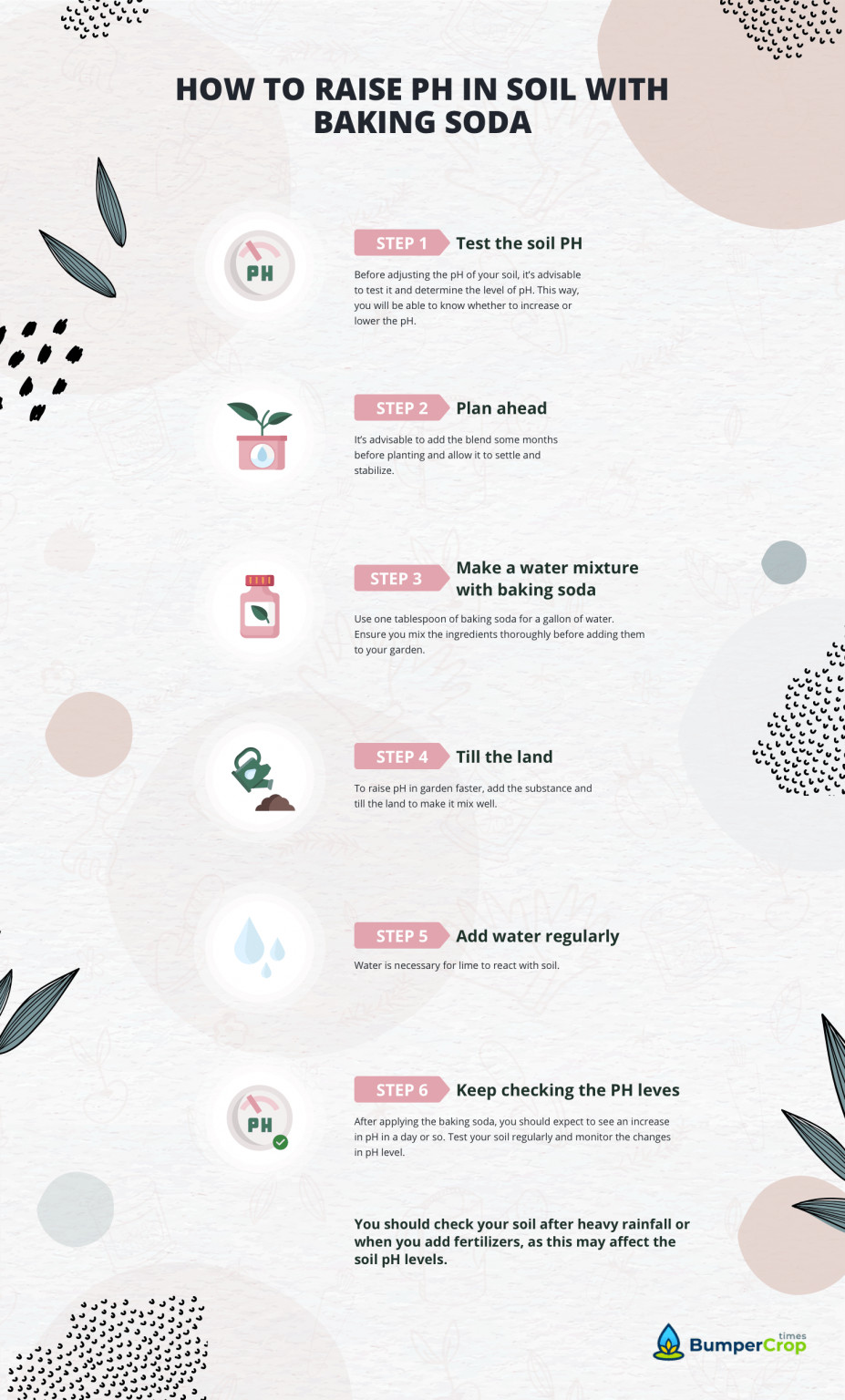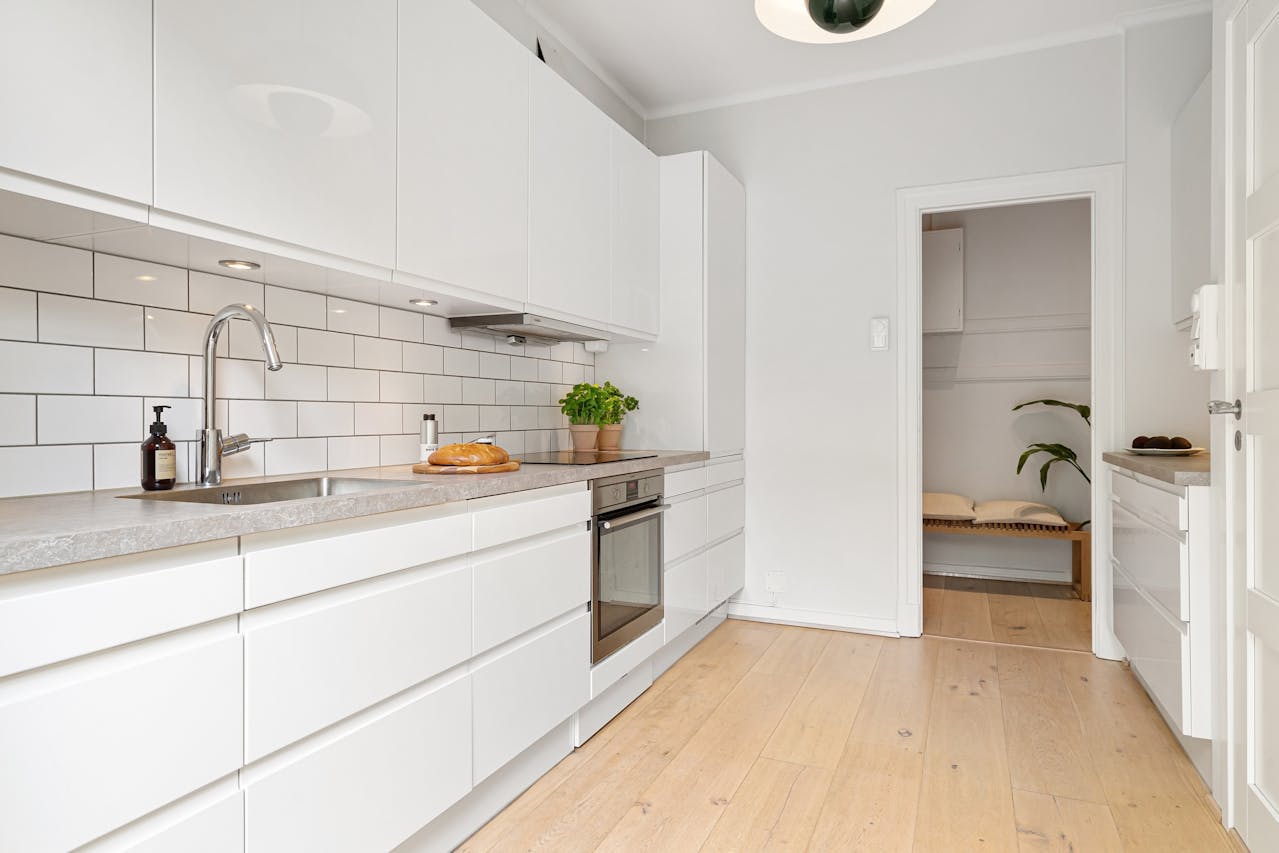Soil pH indicates the level of alkalinity or acidity of the soil. The level of alkalinity and acidity in your garden affects the availability of essential nutrients required for healthy plant growth. That’s why it’s imperative to know the soil pH level in your garden before planting anything.
You may get a special device – a soil pH tester – to understand the basic needs of your plants. With the help of this item, you will find out various indicators except for the pH level, like moisture or light content of the soil. All you should do is to simply insert the tester into the ground and observe the instant results.
Most plants can grow well in soils with a pH of between 6.0 and 7.5. However, some plants like asparagus, most vegetables and flowers thrive well in alkaline conditions. Therefore, before planting them, it is important to ensure your garden soil has a higher pH.
My name is Gretchen, and I’m an accountant by profession. I have been involved in gardening; this hobby spreads on taking care of houseplants in my family apartment. I have tried many methods of how to raise pH in garden soil. Using baking soda has proved to be of the most affordable, effective and fastest ways in my experience. In this guide, I will highlight the importance of using baking soda in raising pH in soil. Moreover, I will explain how to raise pH levels in soil using soda ash as well as other methods to raise soil pH and make a garden flourish.
Why You Should Use Baking Soda to Raise pH in Soil
There are many ways to adjust the pH level in the soil. Raising soil pH with baking soda is the best method for farmers with small gardens or for those who are looking to cut down costs. All you will require are easily accessible tools which shouldn’t cost you much.
If you are also considering how to raise pH in soil organically, baking soda is the way to go. Baking soda is gentle to the soil and growing plants. It also has many benefits, which include making your soil and plants healthy by preventing fungal growth. In some cases, it can keep pests like bugs away from your garden.
Baking soda provides fast results if applied correctly. In case you know how to raise pH of soil with this method, it is likely you will observe the changes in pH in the nearest 24 hours. The appropriate technique includes putting the correct amount of baking soda, tilling the soil well and watering it accordingly.
Step-by-Step Guide on how to Raise pH in Soil with Baking Soda

If you are looking for different ways of how to raise soil pH quickly, then you are in the right place. This guide will take you through every step you ought to follow when raising the pH in soil with baking soda. But before we get right in, here is a list of things you will need:
- Baking soda
- Soil Tiller
- PH meter or pH test kit
Now let’s get started with our steps on how to increase pH levels in soil using baking soda.
Step 1: Test the Soil PH
Before adjusting the pH of your soil, it’s advisable to test it and determine the level of pH. This way, you will be able to know whether to increase or lower the pH. Determining the soil pH will also help you to know the amount of baking soda to use or whether to add any at all. You can have your soil pH tested professionally for more accurate results. On the other hand, you can still opt for DIY methods.
To test for soil pH yourself, you will need a pH test kit or pH meter. These tests come with instructions that should be easy to follow. Alternatively, you can consider testing soil pH with vinegar and baking soda from home. All you need for this homemade test is two separate soil samples taken from the same spot. They should also be obtained from a depth of 4 inches.
Add distilled water to the samples and stir. When testing soil pH with baking soda, add a tablespoon of baking soda to one sample and stir slightly. If the mixture fizzles or bubbles, your soil is acidic. As for the second sample, add a tablespoon of vinegar and stir a bit. If it starts foaming, then you have alkaline soil. If neither of these tests produces a reaction, your soil is neutral.
[powerkit_alert type=”info” dismissible=”false” multiline=”false”] DISCOVER MORE: BEST SOIL PH TESTER FOR YOUR GARDEN AND BACKYARD[/su_note]Step 2: Raise pH Soil by Adding Baking Soda
If the results show your soil is acidic, you ought to know how to raise soil pH by adding baking soda. Use one tablespoon of baking soda for a gallon of water. Ensure you mix the ingredients thoroughly before adding them to your garden.
To raise pH in garden faster, add the substance and till the land to make it mix well. You should also avoid adding excessive baking soda mixture to your garden. It’s advisable to add the blend some months before planting and allow it to settle and stabilize.
Step 3: Add Water Regularly
Water is necessary for lime to react with soil. That’s why the effect of the lime application is always slower in dry soil. So ensure you water your garden regularly. But in doing this, avoid over-watering as it can wash away the baking soda and essential minerals out of the soil.
Step 4: Keep Checking the pH Level
After applying the baking soda, you should expect to see an increase in pH in a day or so. Test your soil regularly and monitor the changes in pH level. You should also adjust the pH level after a few months to get the desired one for healthy plant growth. You should check your soil after heavy rainfall or when you add fertilizers, as this may affect the soil pH levels. It’s better to take necessary precautions than to deal with a question on how to increase the ph of soil later.
Alternative Methods You Can Use to Raise pH Level in Soil
Besides baking soda, there are other methods you can use to raise soil pH in your garden. Below I discuss some other ways of how to raise the pH level in soil.Using Liming Materials
How do you raise pH in soil with the help of lime? Well, lime works by adding calcium and magnesium to the soil. At the same time, it starts reacting with soil to reduce the solubility of aluminum and manganese. These are the elements that lower the soil pH.
Liming materials are available in two types. They are calcitic lime, which contains calcium carbonate and dolomitic lime, which has high amounts of magnesium carbonate. Liming materials can be applied in several ways – it can be an application on the soil surface or incorporation. Since liming materials have limited solubility, tilling is required to raise soil pH fast. Surface application is likely to change pH in only the top inch of the soil.
Also, you should allow lime enough time to react before planting. You may also consider adding water to your soil since lime reacts slower in dry soils. However, do not add too much water as it can leech other essential minerals.
Adding Wood Ashes
Wood ash is an organic way of raising soil pH. Ash from burned trees introduces calcium to the garden, which helps to increase soil pH. It also adds micronutrients such as potassium, boron, and phosphate, essential for adequate plant growth.
You might be wondering how to add pH to the soil using wood ash. Well, this shouldn’t be a hard task. You just have to add the ash to thin layers. Two ounces of ash should be enough for every square yard.
Wood ash is not as effective as lime or baking soda in adjusting pH in soil. However, it can increase your soil’s pH drastically over time. You should, therefore, monitor your soil closely when trying to solve an issue of how to increase ph in soil by applying wood ash. This method can also damage germinating plants and roots, so make sure the ash does not come into contact with them. Therefore, the best time to use wood ash should be during winter. Allow it a month or so before planting to work correctly and prevent plant damage.
Wood ash gives satisfactory results in sandy soil. You should only consider using it if your soil has a pH of below 6.5. I recommend raising soil pH organically with wood ash since besides adding essential elements, it does not contain harmful materials like heavy metals that may be toxic to your plants.
Are You Ready to Raise Soil pH in Your Garden?
Changing the level of pH in your garden soil can cause opposing results. The difference you may observe is between healthy plants and stunted growth. Knowing how to raise pH level in soil using baking soda can go a long way in making your garden flourish. All you need to do is to follow the 4 steps described above, and you will be good to go.
The process is not only fast and cheap but it is also organic. It means the mixture of soda and water will not affect your plants adversely. Do you have a garden that has acidic soils? How do you raise the pH of soil in your garden? What other organic ways on how to raise pH in soil do you know? Let me know in the comment section below this article, and be sure I will give feedback on everything you will share.

